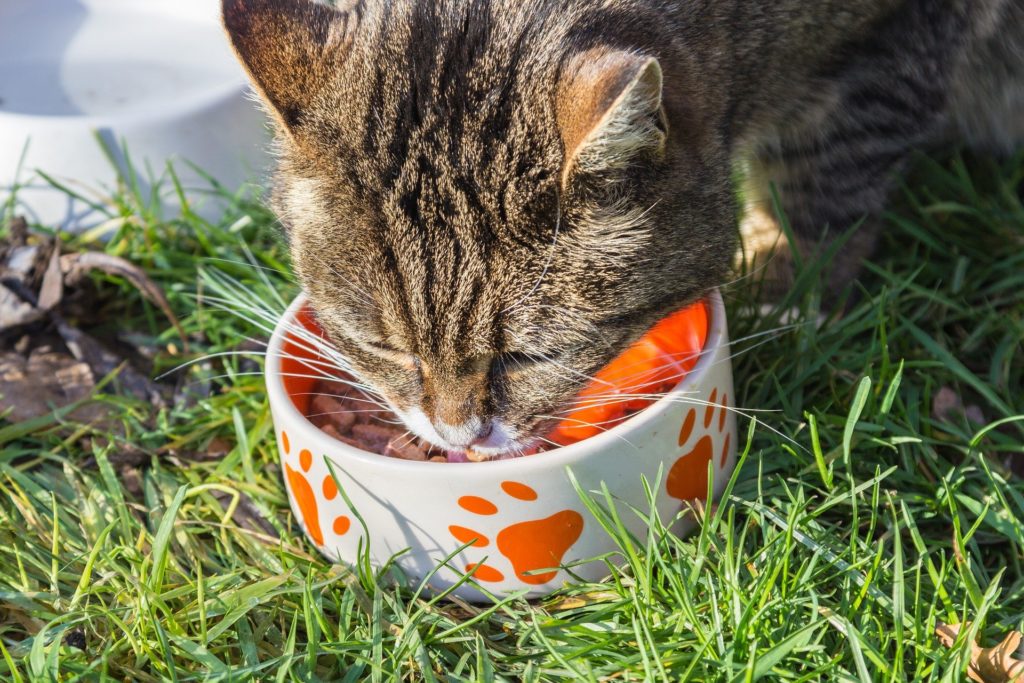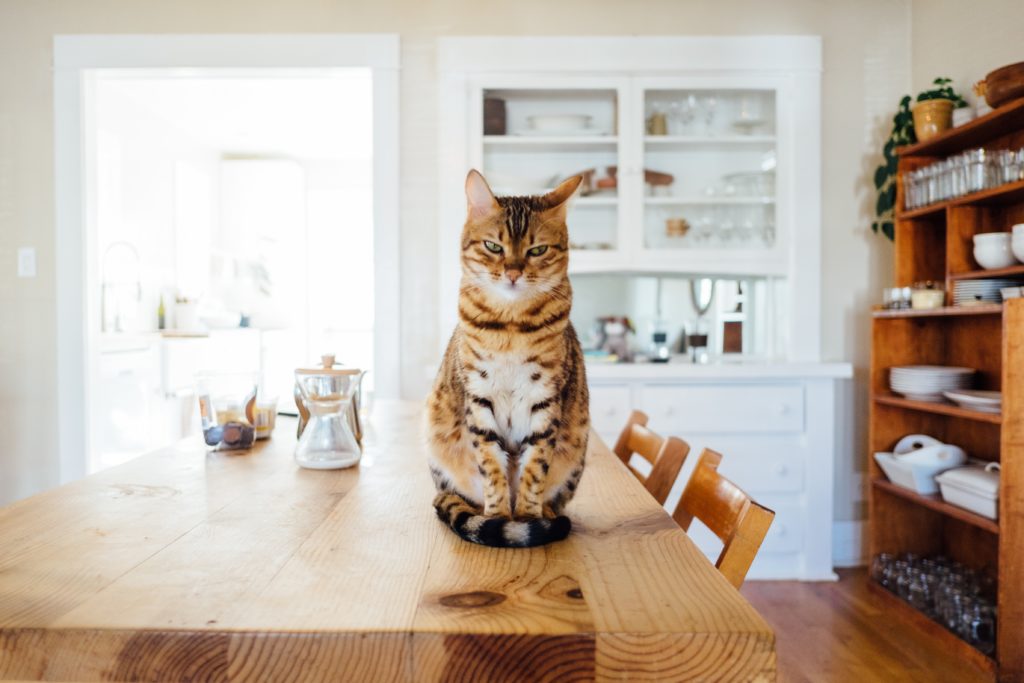If your cat doesn’t like to eat her treats, you could try offering her a different type of treat. Likewise, you can try rewarding her via clicking for a positive behavior. You can also try offering a small portion of your cat’s favorite food to reward her for a mastered exercise.
Cats are very finicky when it comes to their food. When they see a new package of dry or wet food, they immediately make a face and completely ignore the food. But every now and then there is also the phenomenon that cats simply do not like their otherwise delicious treats.
Here it may be due to the variety of treats and you should simply get another variety from the specialty store. Keep in mind that cat treats should only be given to reinforce positive behavior.
If your cat does not want to eat any of the treats despite several attempts to offer them to him, you can try to reward your cat via clicker training. This involves rewarding your cat with a click in a positive situation.
Likewise, instead of offering treats, you can reward your cat with a small portion of his favorite food.
If you want to know how to get your cat to stop jumping on the table and what this has to do with a positive reward, read our great article Teaching your cat not to jump on the table.
What should you look for in treats?
Treats for cats should consist mainly of fish and meat. Treats should not contain grains, sugar or other preservatives.
It is especially important for treats not to contain grains, sugars or other vegetable additives.
Treats should only make up 10% of the day’s food meal.
You should also make sure that the treats do not contain preservatives or flavor enhancers. Also, treats that contain gluten and fat are rather harmful to your cat and should not be fed to your cat.
Healthy treats should rather consist of meat and fish, as these are very important ingredients for your cat’s diet.

Always pay attention to what exactly is written on the packaging page and also check the dosage amount, how many treats a day is okay.
How often should my cat get treats?
Cat treats should generally not make up more than 10% of your cat’s total diet. Likewise, pay attention to the portion sizes on the packaging materials and give significantly fewer treats to especially plump or sick cats.
To properly train cats or teach them behaviors such as not jumping up on the table, small treats help convey a positive emphasis and signal to the cat that he did great.
The most common brands of cat treats will have a recommended serving size for your velvet paw in addition to the nutritional information. However, this is also dependent on the type of cat. An athletic and active cat can certainly tolerate a few more treats than a chubby sofa cat. The amounts given should be considered the maximum you will give your cat in treats and should be reduced if your cat is a bit plumper or sick.
Cat treats should generally be no more than 10% of your cat’s total diet.
A good time to give your cat treats is when, for example, your cat is exhibiting a newly learned behavior or he needs to take medication.
What are the possible consequences of giving my cat too many treats?
Too many treats can have serious health consequences for your cat. These include diseases such as diabetes or arthritis.
Although cat treats are not necessarily good or bad for your cat, they are not meant to be a substitute for healthy, high-quality cat food. Both we humans and our feline companions should have a balanced diet with treats sprinkled in occasionally to ensure optimal health.
Obesity is a real health issue for indoor cats. Of course, this isn’t just due to treats or treat addiction.
Overfeeding can also be a problem because well-meaning owners don’t know how to portion out food for their pet. Inactivity, which can be caused by a number of factors, also plays a significant role.
Cat treats can quickly trigger obesity in your cat. This has very serious consequences for the health of your cat.
The following problems can occur if your cat becomes obese due to too many treats:
- Joint problems up to arthritis
- Feline diabetes
- Respiratory problems
- Significantly shortened lifespan
- High blood pressure
When should you give treats to your cat?
Cat treats should only be given out to reinforce positive behavior. Likewise, treats can be used in intelligence toys.
Especially with new cats that are still very fearful, giving treats is a good solution to build trust and bonding.
But also to reward a positive behavior such as not climbing up on the dining table or demonstrating a learned exercise, a treat can be distributed to your cat.
If your cat stops climbing up on the table, you can reward him with a treat.

Likewise, treats can be used very well in intelligence toys, where your cat must first figure out how to get to the tasty food. Here, there are very good food balls or food mazes that have different hiding places.
Here we have summarized our most popular posts for you in a great overview.
- How to keep ants out of the cat food
- Cat likes only fish
- How to keep ants out of the cat food
- Why do cats groom themselves after eating?
- Cat only wants to eat
- Is there food envy in cats?
- Cat wants only wet food, is this harmful?
- How do cats cool off in the summer?
- How to feed outdoor cats?
Summary – Cat does not like treats
If your cat doesn’t like to eat her treats, you could try offering her a different kind of treat. Likewise, you can try rewarding her via clicking for a positive behavior. You can also give your cat a small portion of your cat’s favorite food to reward her for a mastered exercise.
The ingredients for a healthy treat should be mainly fish or even meat. The treats should not contain grains, sugar or other preservatives.
When distributing the treats, pay attention to the portion sizes on the side of the package. Likewise, it is wise not to give treats to chubby or sick cats for now. As a rule, cat treats should not make up more than 10% of the total food, so that your cat does not become addicted or gain weight from the treats.
Cat treats in excessive amounts can cause damage to your cat’s health such as diabetes or arthritis.
The use of treats should only be done to reinforce a positive behavior. Likewise, treats are an important bridge to building trust and bonding in new cats. Treats are also great to use for intelligence toys.

